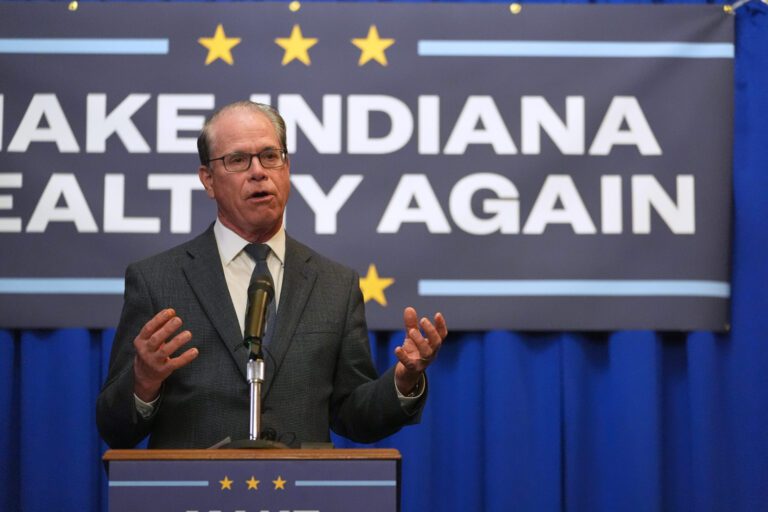Indiana’s Redistricting Debate: A Clash of Leadership and Party Power
In Indiana, the ongoing debate over congressional redistricting is heating up as political leaders clash over the direction of the state’s electoral maps. President Pro Tempore Rodric Bray has publicly expressed doubts about the support for redrawing Indiana’s congressional districts, despite pressure from national Republican leaders and a push from Governor Mike Braun for a special legislative session.
Tensions Rise in Indiana Politics
Bray’s office recently informed the New York Sun that "the votes aren’t there for redistricting," signaling a potential stalemate in efforts to modify the congressional map before the 2026 midterms. Nevertheless, Governor Braun remains undeterred. He announced plans for a special session to address potential redistricting, citing a desire to protect Indiana voters’ representation in Congress.
"I am calling a special legislative session to protect Hoosiers from efforts in other states that seek to diminish their voice in Washington and ensure their representation in Congress is fair," Braun stated.
Special Session Scheduled
The Indiana legislature will reconvene on November 3 to begin discussions surrounding new congressional maps. This special session is particularly crucial as Indiana’s electoral landscape could shift significantly ahead of the upcoming elections.
- Current Congressional Landscape: Republicans currently hold nine out of 11 congressional seats in Indiana, following a successful election in which Trump secured 58.6% of the popular vote.
- Legislative Challenges: Indiana state law allows for redistricting only once per decade, necessitating changes to existing laws before any new maps can be drawn.
Accusations of Cowardice
In a bold statement, Indiana’s Lieutenant Governor Micah Beckwith criticized legislative members for lacking the courage to support President Trump’s redistricting initiative. He contended that:
"The Indiana Republican-controlled Senate is failing to stand with President Trump, failing to defend the voice of Hoosier voters, and failing to deliver the 9–0 conservative map our citizens overwhelmingly expect."
Broader Context of Redistricting Battles
The Indiana situation is reflective of a national trend in redistricting efforts as both parties seek to solidify their positions:
- Texas recently redrew its maps, netting the GOP five additional seats.
- California is currently poised for a ballot initiative aimed at enabling Democrats to redraw their maps.
- Missouri’s new map is projected to eliminate one Democratic seat but is facing potential court challenges.
Several other states are also in the mix:
- Virginia: Democrats are looking to redraw maps that could potentially add two to three seats.
- New York: A recent lawsuit filed by Marc Elias alleges illegal racial gerrymandering in the 11th Congressional District, which could set the stage for Democrats to gain an additional seat.
The Road Ahead
As the dialogue in Indiana unfolds, the implications of redistricting stretch far beyond state lines. These debates can significantly influence the landscape of congressional representation and party power at both state and national levels.
Key Takeaways
- Indiana’s Upcoming Special Session: Scheduled for November 3, focused on congressional map discussions.
- Leadership Dynamics: Governor Braun’s call for a session contrasts with Bray’s reluctance, highlighting internal party conflicts.
- National Redistricting Landscape: The outcomes of various states’ redistricting efforts could define the political battleground leading into the 2026 elections.
For ongoing updates on redistricting and electoral changes, consider following reports from major news outlets like Reuters and Politico.


